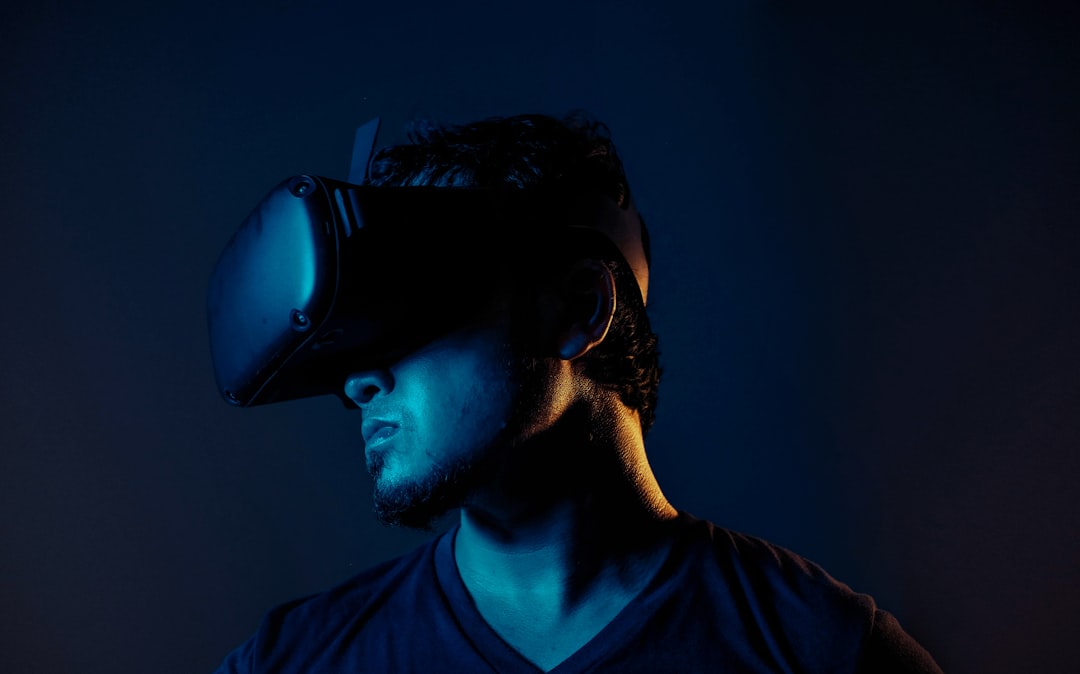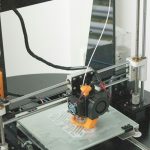Ever wondered how an app can take a doctor’s chicken-scratch handwriting and turn it into a clear translation? Or how it can take a prescription written in French and spit out exactly what a German pharmacist needs to know? That’s the magic of AI translation in the medical world.
Let’s dive into how this works—without the confusing techy talk!
AI loves patterns. Especially language patterns. So when it sees a prescription with medical terms, dosages, and instructions, it starts doing its thing.
What makes medical translations tricky?
Translating medical prescriptions isn’t like translating a menu. It’s way more serious. One small mistake and someone could get the wrong drug or the wrong dose. Yikes!
Here are a few things that make it tough:
- Special terms: Medications have complex names. And some sound very similar.
- Dosage shorthand: Doctors may write “take 1 tab BID.” What does BID mean? (It means “twice a day”!)
- Handwriting drama: Sometimes it’s… creative. Let’s be polite.
- Language confusion: Some terms mean different things in different countries, or don’t exist at all.
Now imagine trying to convert that into another language—accurately and fast!
How does AI pull it off?
AI has a clever three-step strategy:
- Step 1: Read the prescription.
This could be typed or handwritten. AI uses OCR (Optical Character Recognition) to read text from images. Yes, even messy handwriting. - Step 2: Understand the meaning.
Using Natural Language Processing (NLP), it decodes medical language, abbreviations, and dosage instructions. - Step 3: Translate it accurately.
AI doesn’t just translate word-for-word. It focuses on context, especially with sensitive terms like drug names and quantities.
All this happens in just seconds!

Safety comes first
Because health stuff is serious business, AI systems used for medical translation are trained with very strict standards.
They use databases of verified medical information. Some even get supervised by doctors and pharmacists during development.
Plus, many systems double-check using clinical terminologies like:
- SNOMED CT
- ICD-10
- RxNorm
These are big name libraries of official medical terms. So the AI isn’t winging it—it’s checking against expert sources.
But wait… can AI replace human translators?
Nope, not quite. While AI is amazing, it’s not perfect.
For documents that involve rare conditions or complex patient histories, a human medical translator is still the go-to. AI helps with speed and accuracy—but humans catch little nuances the machine might miss.
Instead of replacing experts, AI makes their job faster and easier. It’s kind of like having a super-powered assistant.
Where is this used?
AI translation for prescriptions is already used in:
- International pharmacies
- Hospitals with multilingual staff
- Refugee healthcare centers
- Telemedicine services
Imagine a patient from Brazil visits a clinic in Germany. The doctor inputs the prescription in Portuguese, and AI translates it into German in a flash. That’s not just cool—it can save lives.

What’s next?
Future AI models are getting smarter. Some even recognize speech so doctors can just talk into them. Others use region-specific drug names and check for local laws and dosage units.
Also, translation tools are being added directly into prescription management systems—so pharmacists and doctors can communicate better across borders.
Final dose of fun facts
- Some medical translation AIs are trained on millions of sample prescriptions.
- They can spot potentially unsafe drug combos during translation!
- They even color-code instructions for easy reading: Green for safe, yellow for “check this,” red for “big no-no!”
So, while the old joke says doctor handwriting needs a cryptographer, now we can just let AI handle it—clearly, safely, and fast.
AI + Medicine = Better Communication + Healthier Patients.
Pretty awesome, right?



